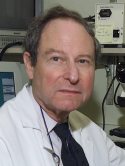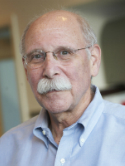| Abstract: |
The dermorphin-derived peptide (Dmt1)DALDA (H-Dmt-D-Arg-Phe-Lys-NH2), also known as SUPER DALDA, has high mu-opioid receptor affinity and selectivity, as demonstrated in competition binding assays where it lowered binding to mu1, mu2, delta and kappa1 opioid receptors with Ki values of 0.05, 0.27, 116, and 21.2 nM. SUPER DALDA lowered kappa3 receptor binding in a biphasic manner, with Ki values of 0.69 and 187 nM. In the mouse radiant heat tail-flick assay SUPER DALDA produced analgesia when administered intradermally into the tail (ED50 7.6 mug), implying peripheral activity. When administered systemically, the peptide was more than 100-fold more potent than morphine. This effect was inhibited by prior administration of naloxone given systemically or supraspinally. Given spinally, SUPER DALDA is even more effective, with an ED50 of apprx0.1 ng, which is 3000-fold more potent than morphine. Antisense mapping targeting MOR-1 exons suggests that SUPER DALDA has a mu receptor mechanism of action distinct from that of morphine. Thus, SUPER DALDA is an interesting and extraordinarily potent, systemically active peptide analgesic, raising the possibility of novel approaches in the design of clinically useful drugs. |





